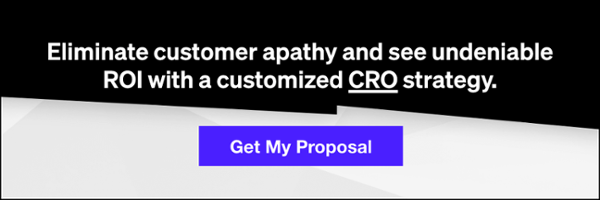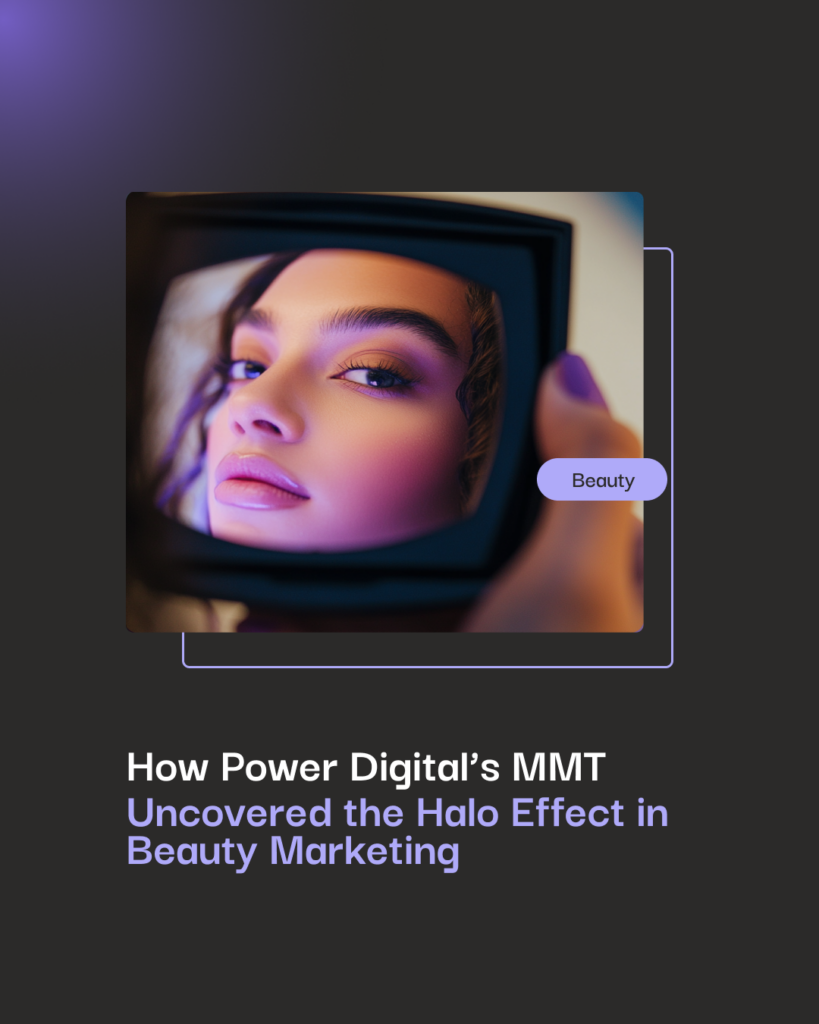With smartphones becoming more advanced and widely used every year, it was only a matter of time until they became the primary vehicle for our web browsing. Industry experts have long forecasted that mobile search would surpass desktop queries, and according to Google, it appears that 2017 is the year that this has come to fruition.
To keep up with the ever-growing trend toward mobile searches, Google has created a mobile-first index, which will place higher value on a site’s mobile version of content. In the index, mobile content will rank higher in search listings, even if the person conducting a search is on a desktop. This was rumored to be making its debut next year, but in fact, the slow roll out of Google’s mobile first index has already begun.
Here’s a look at what these changes mean and what you can do to get your sites ready for the transition.
What’s Google’s Mobile-First Index All About?
As mentioned above, the mobile-first index prioritizes the mobile version of web content. This transition makes mobile, instead of desktop, the new primary search engine index.
In simpler terms, when you conduct a web search, the search engine will crawl through the web to create a collection of pages and documents relevant to your query. This is what is known as a search engine index. Traditionally, Google conducts this web crawling from the point of view of someone using a desktop browser, but now, it is switching to the viewpoint of someone using a smartphone.
Currently, most people get their results from the desktop index, which is used to show listings for both desktop and mobile users. Google has a separate mobile-friendly ranking system, that boosts content for mobile listings. With the new mobile-first index, this process is reversed, and a site’s mobile content will be shown for both desktop and mobile searches.
Related: Responsive vs. Mobile Websites: Which is Best For You?
From a user’s perspective, the search experience will remain unchanged through the transition – you actually won’t have any clue which index your results are coming from. However, it can be easy to tell if you are viewing content that isn’t mobile friendly.
While there are currently two indexes for mobile and desktop content, the eventual goal is to have a single, mobile-first index to be used across the board. Worth noting: For these searches, Google files tablets under desktop devices.
I Don’t Currently Have A Mobile-Friendly Website… Am I In Trouble?
While Google says not to worry, it also says it isn’t sure how much the transition will affect rankings. Though its goal is to have the current rankings be unchanged by the new indexing, we won’t know how big of an impact the mobile-first index will have on search rankings until it is completely rolled out. However, the logical thinking here is that content that is not mobile friendly will not perform as well.
It is important to note that your desktop content will not become obsolete, rather that mobile will be put first and given primary ranking. Google surely wants you to have a mobile site, and it will put you in the best position to rank highly, but if you don’t, the search engine will index your desktop site instead, even if a mobile user is making the search. The main problem you may run into here is not necessarily your ranking, but your user experience.
Consider that your desktop web pages are designed to be viewed on larger screens. This content has to be condensed to fit the smaller view of a smartphone. If your content is not optimized for mobile, a person scrolling on their phone may not see everything on your site, or may have to scroll forever to get through it all. If they are conducting searches through their phone, as most people now are, they may not return to your site, or utilize your products, if the user experience is poor.

What Can I Do To Prepare For The Mobile-First Index?
To put your mobile site in the best position to perform as well as your desktop version, you want to make sure that your content and links are very similar. Mobile sites tend to have less content than a desktop version, but you actually want it to be near the same as desktop. Even if your mobile version of a page has less content, it will still show up first in search results in the new index, so you’ll want to ensure everything important is there.
Related: What is Quality Content?
Similarly, there is also some concern swirling around that fact that mobile content tends to have fewer links than desktop. Since Google search results depend upon links and content, it makes sense to assume that this will have some effect on rankings, but Google isn’t yet sure, and is still testing this out. Again, it is best here to keep your links mostly the same on both versions of your web pages.
Expandable content, such as content that is hidden in tabs, expandable boxes or accordions, will be given full weight if it is done for user experience on mobile, because it makes much more sense to do on mobile than on desktop.
How To Get Your Sites Ready For The Mobile-First Index
The primary concern for companies through this transition phase will be optimizing your SEO. These concerns were addressed during the recent SMX East conference in panel discussion titled, “SEO For Google’s Mobile-First Index & Mobile-Friendly World.”
Gary Illyes, webmaster trends analyst for Google, explained that the switch to a mobile-first index was driven by user frustration with the quality of Google search results. As we mentioned earlier, he pointed to desktop sites having more content than their mobile counterparts as a big part of the problem. People conducting searches on mobile would be given search results based on the desktop pages, but when they clicked the results, they would be sent to the corresponding mobile page, and the content they were after wasn’t there.
Regarding the looming transition, Illyes noted that responsive sites should be good to go, but that there were some common issues with mobile sites to watch out for. Beyond content or links from desktop sites not being present on mobile, there also could be absent Rel=annotations (such as hreflang), and missing structured data or media and images. Illyes said one site that did not transition its hreflang tags lost 50 percent of its traffic.
To prepare for the mobile-first index, Illyes said to ensure desktop and mobile pages match, from content and links to videos, images, and structured data, and that hreflang tags must be implemented on mobile pages.
Leslie To, director of SEO for 3Q Digital, got more specific on changes to implement for the mobile-first index.
Her many tips included avoiding interstitials, which can be penalized by Google if they become intrusive. For a better user experience, and to make Google happy, banner ads are preferable to promote apps or email lists over interstitials and full-screen overlays.
To also recommends using HTML for rich media and video content, avoiding mega menus that overwhelm users with too many options, allowing media and fonts to scale to fit device screen sizes so users don’t have to zoom in, and more. Readability was also cited as a concern, as complex language can discourage site visitors.
Specifically for mobile content, To suggested that links on your mobile sites should go to other mobile pages, but to also offer the desktop experience for those users who want it. She also recommended implementing a Vary HTTP header if you use dynamic serving, so users won’t be sent to the wrong versions of your pages, and to make sure you aren’t blocking CSS or JavaScript files from being crawled.
Also on the panel was Ashley Berman Hale, director of SEO at Local SEO Guide, who had advice for those who are having trouble acquiring the budget or approval to make their sites mobile-friendly.
She suggested utilizing Google’s statistics and case studies to show colleagues the growing trend toward mobile searches and web browsing to help change dated thinking and acquire support. Learn how to track your local search to show your traditional brick-and-mortar business that a lot of your business is coming from mobile queries.
Getting people on board one at a time may be the best course of action. If a small budget is the issue, then small changes to make your sites more mobile-friendly may be all you can do to start, including breaking things down by site section, product, customer, or element.
If the HTML code is an issue, Berman Hale says you can compress your images, strip out some CSS, and implement AMP on some elements. If you don’t handle code, she says knowing your audience and improving your user experience is the best way to give your users the information they want. You should also make your content easy to find, and let users know what they will get by engaging with your content.
For more, see Search Engine Land’s full recap on the SEO mobile-first panel discussion.
When Do I Need My Content To Be Ready?
As for when the full rollout will occur, Google isn’t saying, and won’t. Testing of the mobile-first index continues, and if the slow implementation is successful, it could accelerate quickly and be fully launched, or it may be pushed back. But as Google becomes more confident in the mobile-first index, it will be pushed out further. Since the process has already begun, it is best to be ready now to put your site in the best position to perform well.







